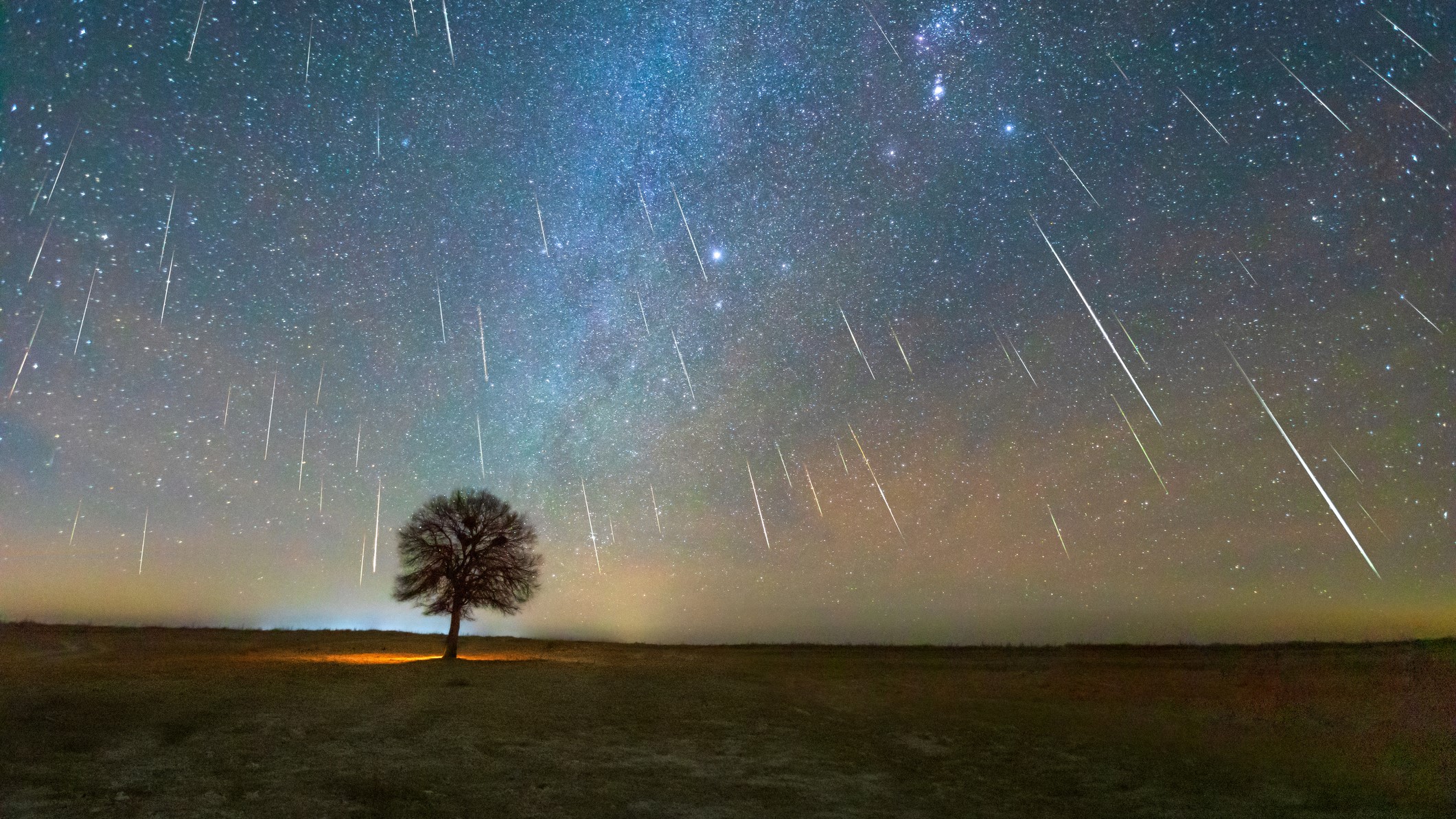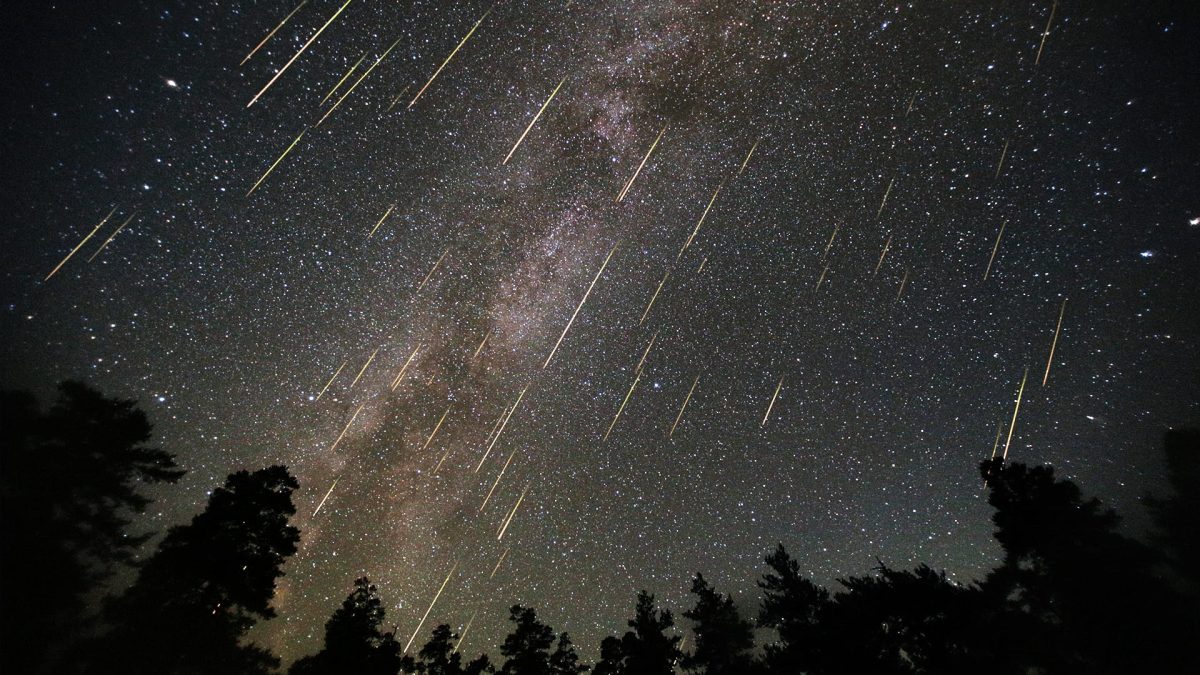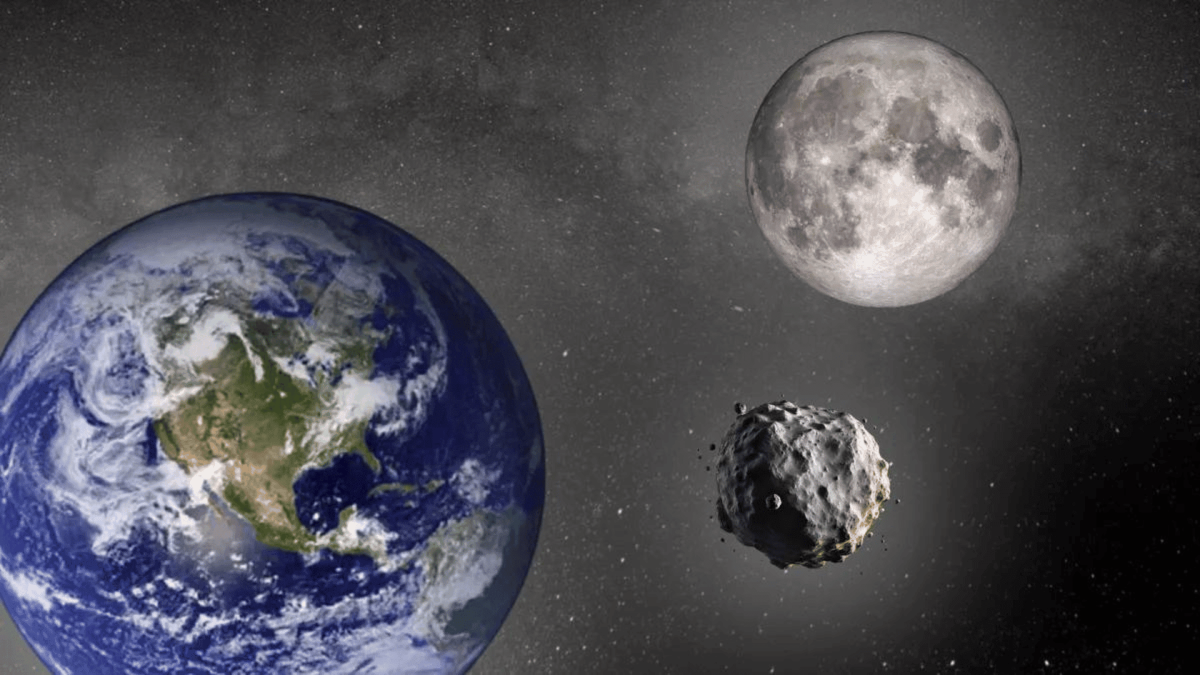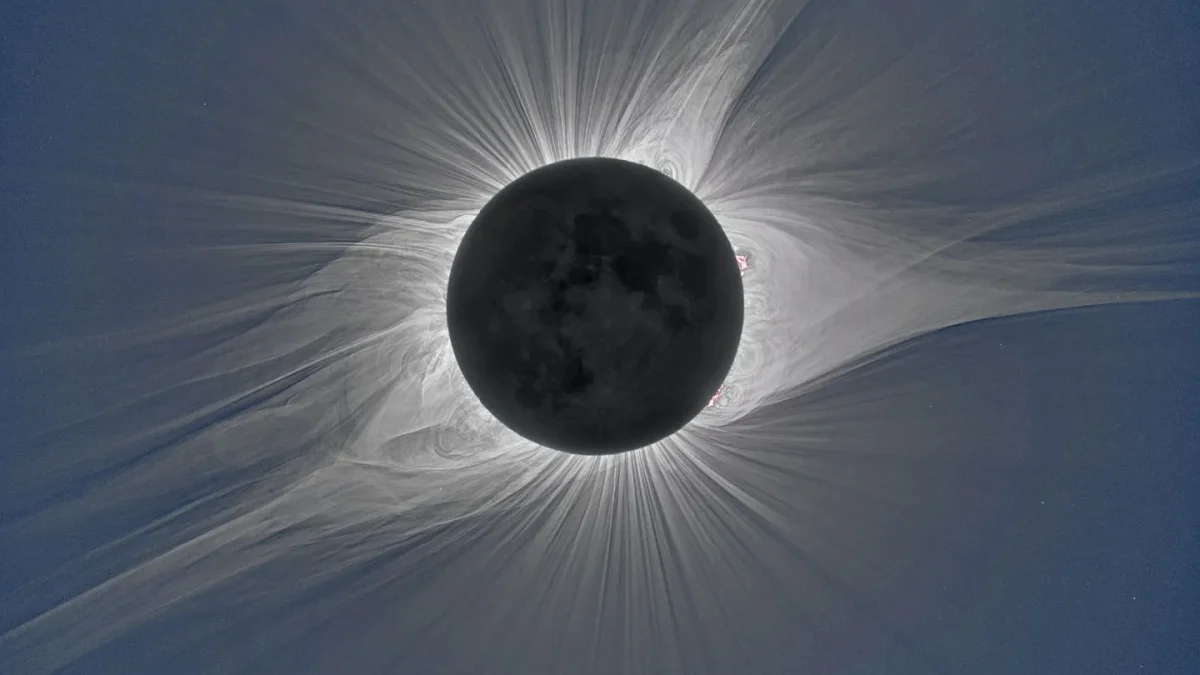Last week, the annual Geminid Meteor Shower graced our skies once again. The shower is still ongoing, but the peak time has unfortunately passed. The shower began on the 19th of November and peaked on December 13th and 14th. On the bright side, now that the peak has passed, we can see all the amazing pictures and videos taken! It will still be possible to see the shower up until December 24, though the view might not be as good as one would hope.
Although the shower looked spectacular, it was dimmer compared to the previous years. The moon was in the “waning gibbous” phase, which happens to have washed out some of the light from the meteors. 30-40 meteors could be seen per hour; during peak weather conditions, and at the right time, up to 100-150 meteors can be seen per hour. Nonetheless, the view was still beautiful.

A common question when regarding this meteor shower is, what causes it? The meteor shower is actually caused by debris coming from 3200 Phaethon, a celestial object, specifically an asteroid, located in the constellation Pegasus. The meteors from here are actually denser compared to most meteors coming from other showers, which is what lets us see them so well. The denser they, are the closer they get to Earth before burning up. Most meteors burn up within 50 to 75 miles of Earth, but the Geminids, the meteors of the shower, can get as close as 29 miles!
This year’s Geminid shower gave every astronomy lover and stargazer something beautiful to see, and we can only hope for the same next year!





















